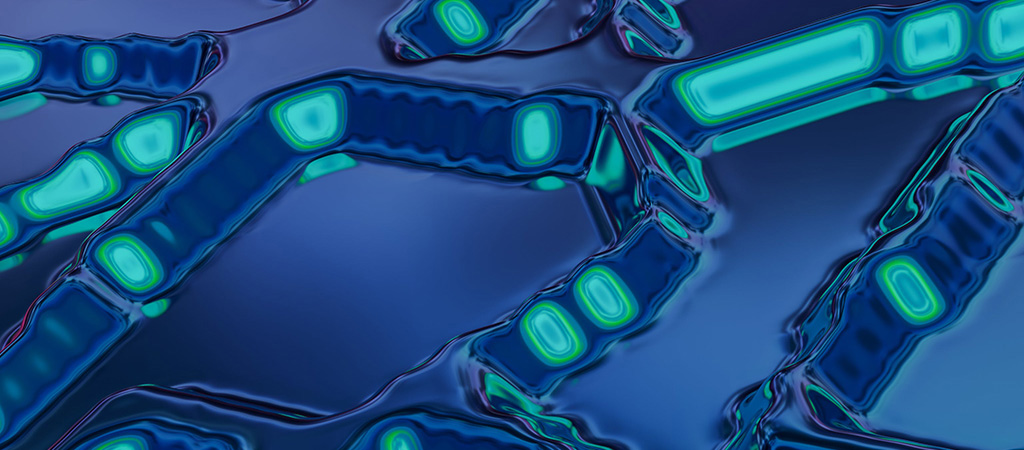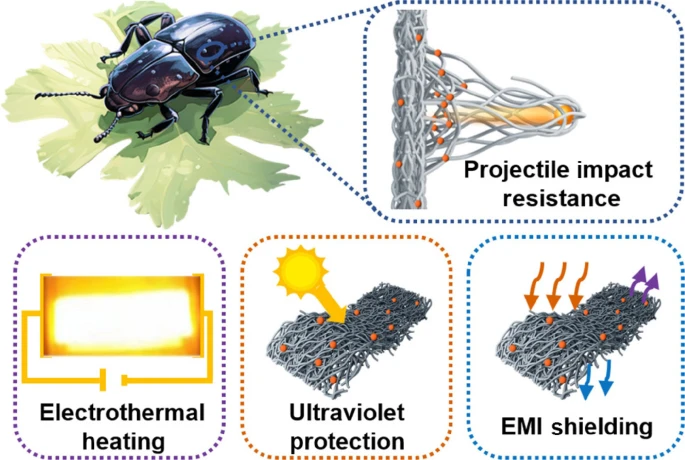Fabricating bio-inspired high impact resistance carbon nanotube network films for multi-protection under an extreme environment
Mingquan Zhu§, Kailu Xiao§, Wei Zhang§, Xudong Lei, Yunxiang Bai(✉), Shijun Wang, Peng Zhang, Feng Gao, Congying Wang, Wenqiang Xu, Huiyong Li, Xianqian Wu, Chao Wang, Hui Zhang, Luqi Liu, and Zhong Zhang(✉)
Nano Research (2024) doi: https://doi.org/10.1007/s12274-024-6790-3
ABSTRACT
The fabrication of light-weight, highly impact-resistant, and energy-absorbent materials is urgently demanded in many facets of the society from body armor to aerospace engineering, especially under an extreme environment. Carbon nanotubes (CNTs), one of the strongest and toughest materials ever found, also have good conductivity, chemical stability, and thermal stability, etc, making them a competitive candidate as building blocks to help achieve the above goal. In this work, a kind of CNT network was prepared by using chlorosulfonic acid (CSA) to release the internal stress of super-aligned carbon nanotube films (SA-CNTF) and dendritic polyamide amine (PAMAM) to further introduce multiple hydrogen bonds and interlocking structures. The fabricated bioinspired carbon nanotube network films (PAMAM@C-CNTF) have a high toughness of 45.97 MJ/m3, showing an increase of 420% compared to neat SA-CNTF. More importantly, the anti-impact performance of the films (e.g., with a maximum specific energy absorption of 1.40 MJ/kg under 80–100 m/s projectile impact) is superior to that of conventional protective materials from steel and Kevlar fiber, and also exceeds that of any other reported carbon-based materials. The hierarchical energy dissipation mechanism was further revealed through experiment and simulation. Additional functions including intelligent heating/anti-icing, ultraviolet protection, as well as electromagnetic interference shielding properties make these network films have great potential in practical multi-protection applications, especially under an extreme environment.



